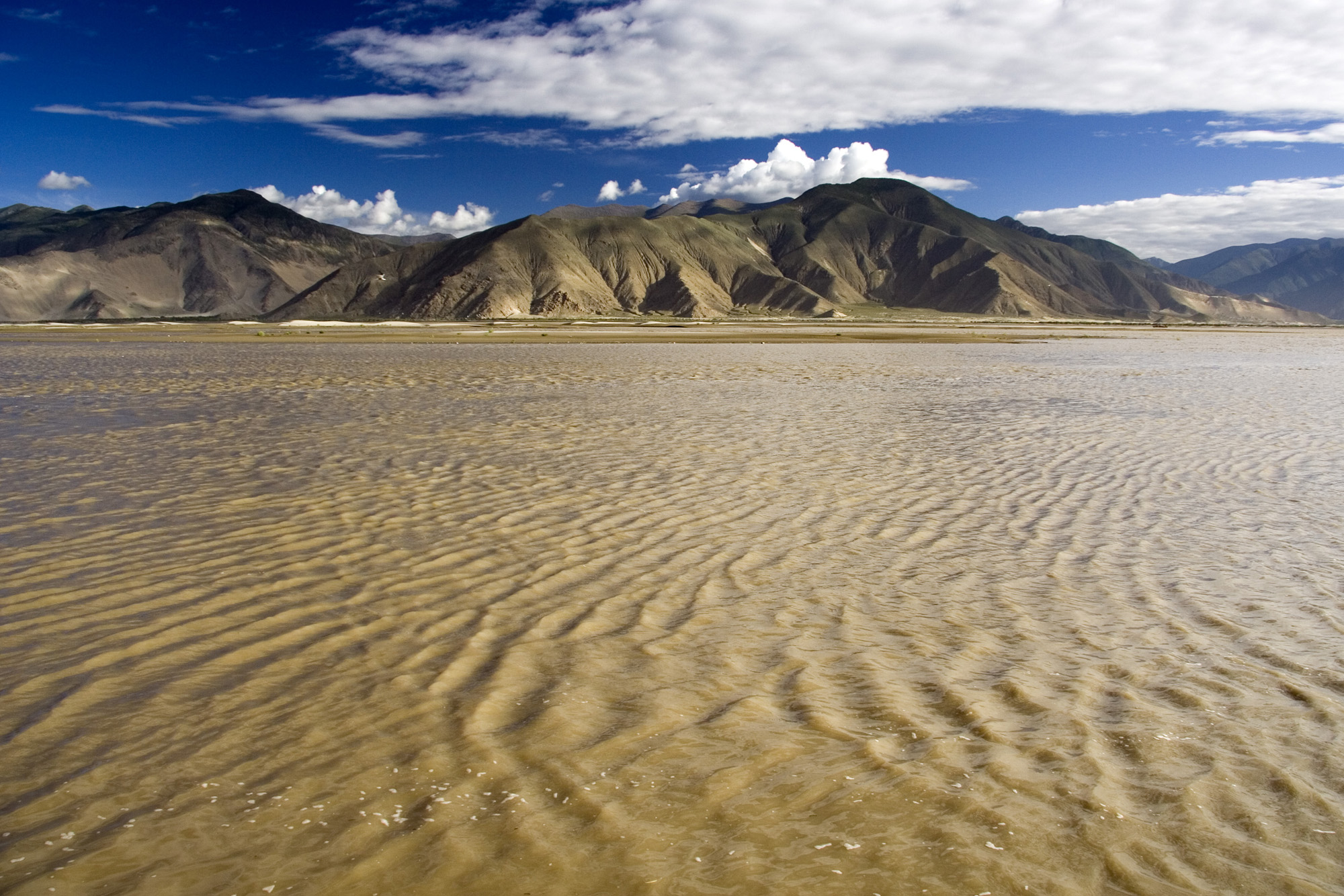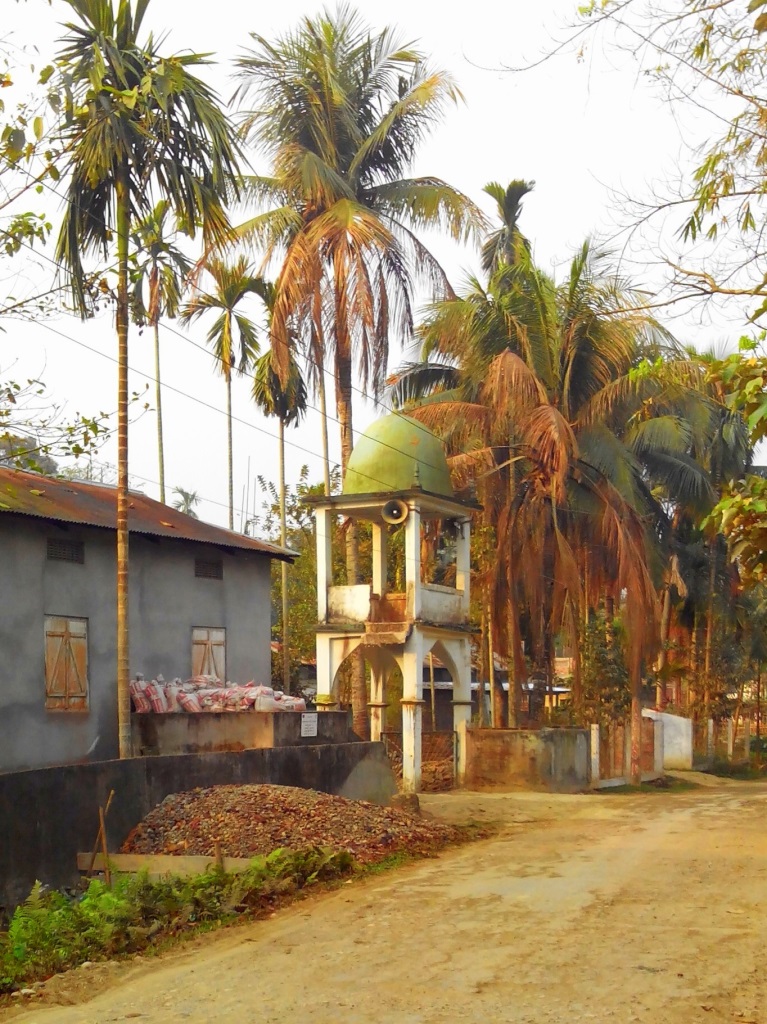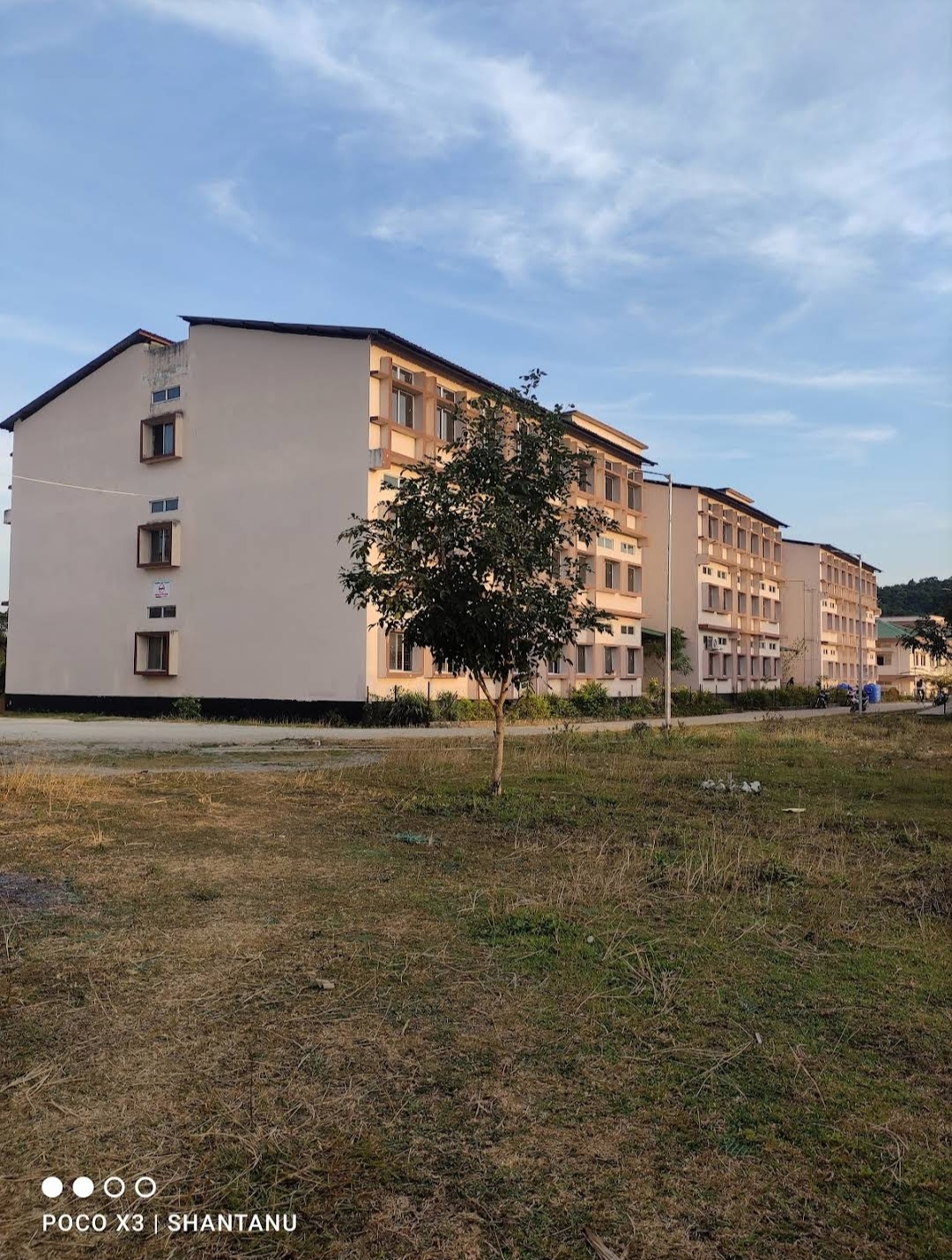|
Amri Language
Amri Karbi, also known as Plains Karbi, Dumrali, is a Tibeto-Burman language spoken in parts of the states of Assam and Meghalaya in Northeast India. Amri Karbi variously treated as a variety of the Karbi language or as its own language. Amri Karbi is divided into two regional varieties: Upper Amri and Lower Amri. It is distinct from the speech of a group also called Amri Karbi in the west of the Karbi Anglong district in Assam, who speak a Hills Karbi dialect. Phonology Consonants Amri has 23 phonemic consonants. Allophones or alternative pronunciations are included in parentheses in the table below. Alternative realization of /pʰ/ amongst some members of the younger generation. Allophone of /ɟ/. Vowels Amri Karbi has 7 vowels, 2 of which are marginal phonemes (included in parentheses in the table below). In addition, there are the diphthongs /ai/ and /ɔi/. Tone Three phonemic tones exist in Amri Karbi: low, mid, and high. Phonotactics The maximum syllable i ... [...More Info...] [...Related Items...] OR: [Wikipedia] [Google] [Baidu] |
Assam
Assam (, , ) is a state in Northeast India, northeastern India, south of the eastern Himalayas along the Brahmaputra Valley, Brahmaputra and Barak River valleys. Assam covers an area of . It is the second largest state in Northeast India, northeastern India by area and the largest in terms of population, with more than 31 million inhabitants. The state is bordered by Bhutan and Arunachal Pradesh to the north; Nagaland and Manipur to the east; Meghalaya, Tripura, Mizoram and Bangladesh to the south; and West Bengal to the west via the Siliguri Corridor, a strip of land that connects the state to the rest of India. Assamese language, Assamese and Bodo language, Bodo are two of the official languages for the entire state and Meitei language, Meitei (Manipuri language, Manipuri) is recognised as an additional official language in three districts of Barak Valley and Hojai district. in Hojai district and for the Barak valley region, alongside Bengali language, Bengali, which is also ... [...More Info...] [...Related Items...] OR: [Wikipedia] [Google] [Baidu] |
Karbi Anglong District
Karbi Anglong district is an District, administrative unit in the States and union territories of India, Indian state of Assam. It is an autonomous district administered by the Karbi Anglong Autonomous Council (KAAC) according to the provisions of the Scheduled Areas, Sixth Schedule of the constitution of India. The district headquarters is in Diphu. Etymology "Karbi Anglong" is derived from the Karbi language. Karbi people, Karbi is the name of the Indigenous peoples, indigenous tribe living in and around the region. The origin of the word ''Karbi'' is unknown. ''Anglong'' is a homonym in the Karbi language for hills and mountains. The term ''Karbi Anglong'' literally means "Karbi Hills". History Pre independence Prior to the British colonisation of Assam, the major hill tribes of Assam (1947–1963), Undivided Assam had their own separate "states" they lived in without much outside interference. They were not a part of any properly established external government or Monarchy, ... [...More Info...] [...Related Items...] OR: [Wikipedia] [Google] [Baidu] |
Kuki-Chin–Naga Languages
The Kuki-Chin–Naga languages are a geographic clustering of languages of the Sino-Tibetan family in James Matisoff's classification used by ''Ethnologue'', which groups it under the non-monophyletic "Tibeto-Burman". Their genealogical relationship both to each other and to the rest of Sino-Tibetan is unresolved, but Matisoff lumps them together as a convenience pending further research. The languages are spoken by the ethnically related Naga people of Nagaland, the Chin people of Myanmar, and the Kuki people. The larger among these languages have communities of several tens of thousands of native speakers, and a few have more than 100,000, such as Mizo (674,756 in India as of 2001), Thadou (350,000) or Lotha language (180,000). "Kuki" and "Chin" are essentially synonyms, whereas the Naga speak languages belonging to several Sino-Tibetan branches. Languages The established branches are: * Kuki-Chin ** Northwestern / Southern Naga ** Northern ** Central ** Maraic ** Kh ... [...More Info...] [...Related Items...] OR: [Wikipedia] [Google] [Baidu] |
Ri-Bhoi District
Ri Bhoi () is an administrative district in the state of Meghalaya in India. The district headquarters are located at Nongpoh. The district occupies an area of 2378 km² and has a population of 258,840 (as of 2011). As of 2011 it is the second least populous district of Meghalaya (out of Districts of Meghalaya, 7), after South Garo Hills district, South Garo Hills. Etymology The name is derived from the Khasi people#Geographical distribution and sub-groups, Bhoi sub-tribe of the Khasi people. History The district was upgraded from subdivisional level to a full-fledged district on 4 June 1992. The new district, was created from a Civil Sub-division of the East Khasi Hills district. Geography The district lies between 90°55’15 to 91°16’ latitude and 25°40’ to 25°21’ longitude. It is bounded on the north by Kamrup Rural district, Kamrup District, on the east by Jaintia Hills and Karbi Anglong District of Assam, and on the west by West Khasi Hills District. There a ... [...More Info...] [...Related Items...] OR: [Wikipedia] [Google] [Baidu] |
Brahmaputra River
The Brahmaputra is a trans-boundary river which flows through Southwestern China, Northeastern India, and Bangladesh. It is known as Brahmaputra or Luit in Assamese language, Assamese, Yarlung Tsangpo in Lhasa Tibetan, Tibetan, the Siang/Dihang River in Arunachal languages, Arunachali, and Jamuna River (Bangladesh), Jamuna River in Bengali language, Bengali. By itself, it is the 9th List of rivers by discharge, largest river in the world by discharge, and the 15th List of rivers by length, longest. It originates in the Manasarovar Lake region, near Mount Kailash, on the northern side of the Himalayas in Burang County of Tibet Autonomous Region, Tibet where it is known as the Yarlung Tsangpo River. The Brahmaputra flows along southern Tibet to break through the Himalayas in great gorges (including the Yarlung Tsangpo Grand Canyon) and into Arunachal Pradesh. It enters India near the village of Gelling, Arunachal Pradesh, Gelling in Arunachal Pradesh and flows southwest through t ... [...More Info...] [...Related Items...] OR: [Wikipedia] [Google] [Baidu] |
Kamrup District
Kamrup Rural district, or simply Kamrup district (Pron: ˈkæmˌrəp or ˈkæmˌru:p), is an administrative districts of Assam, district in the state of Assam in India formed by dividing the Undivided Kamrup district, old Kamrup district into two in the year 2003; other being Kamrup Metropolitan district, named after the Kamrup region, region it constitutes. This district, along with Nalbari district, Nalbari, Barpeta District, Barpeta, Kamrup Metropolitan district, Kamrup Metropolitan, Bajali and Baksa districts has been created from the Undivided Kamrup district. Rangiya is the Sub-District of Kamrup. History Kamrup Rural district was created by bifurcating Undivided Kamrup district in 2003. The Government of Assam, during the Chief-ministership of Late Tarun Gogoi, had proposed to bifurcate it further and create a new district, named South Kamrup. In 2016, the process of creation of the district was started. However, later that year, the process of creation was stopped midw ... [...More Info...] [...Related Items...] OR: [Wikipedia] [Google] [Baidu] |
Assamese Alphabet
The Assamese alphabet () is a writing system of the Assamese language and is a part of the Bengali–Assamese script, Bengali-Assamese script. This script was also used in Assam and nearby regions for Sanskrit as well as other languages such as Bodo language (India), Bodo (now Devanagari), Khasi language, Khasi (now Latin script, Roman), Mising language, Mising (now Roman), Pnar language, Jaintia (now Roman) etc. The current form of the script has seen continuous development from the 5th-century Umachal rock inscription, Umachal/Nagajari-Khanikargaon rock inscription, Nagajari-Khanikargaon rock inscriptions written in an eastern variety of the Gupta script, adopting significant traits from the Siddhaṃ script in the 7th century. By the 17th century three styles of Assamese alphabets could be identified (''baminiya'', ''kaitheli'' and ''garhgaya'') that converged to the standard script following typesetting required for printing. The present standard is identical to the Bengal ... [...More Info...] [...Related Items...] OR: [Wikipedia] [Google] [Baidu] |
Latin Script
The Latin script, also known as the Roman script, is a writing system based on the letters of the classical Latin alphabet, derived from a form of the Greek alphabet which was in use in the ancient Greek city of Cumae in Magna Graecia. The Greek alphabet was altered by the Etruscan civilization, Etruscans, and subsequently their alphabet was altered by the Ancient Romans. Several Latin-script alphabets exist, which differ in graphemes, collation and phonetic values from the classical Latin alphabet. The Latin script is the basis of the International Phonetic Alphabet (IPA), and the 26 most widespread letters are the letters contained in the ISO basic Latin alphabet, which are the same letters as the English alphabet. Latin script is the basis for the largest number of alphabets of any writing system and is the List of writing systems by adoption, most widely adopted writing system in the world. Latin script is used as the standard method of writing the languages of Western and ... [...More Info...] [...Related Items...] OR: [Wikipedia] [Google] [Baidu] |
Hills Karbi
The Karbi language () is a Tibeto-Burman language spoken by the Karbi (also known as Mikir or Arlêng) people of Northeastern India. It is also called Hills Karbi to differentiate it from Plains Karbi (Amri Karbi) which is variously treated as a variety of Karbi or its own language. It belongs to the Sino-Tibetan language family, but its position is unclear. Grierson (1903) classified it under Naga languages, Shafer (1974) and Bradley (1997) classify the Mikir languages as an aberrant Kuki-Chin branch, but Thurgood (2003) leaves them unclassified within Sino-Tibetan. Blench and Post (2013) classify it as one of the most basal languages of the entire family. History Originally, there was no written form of the language, and like most languages of Northeast India, Karbi writing system is based on Roman script, occasionally in Assamese script. The earliest written texts in Karbi were produced by Christian missionaries, in Roman script, especially by the American Baptist Mission ... [...More Info...] [...Related Items...] OR: [Wikipedia] [Google] [Baidu] |
Karbi Language
The Karbi language () is a Tibeto-Burman language spoken by the Karbi (also known as Mikir or Arlêng) people of Northeastern India. It is also called Hills Karbi to differentiate it from Plains Karbi (Amri Karbi) which is variously treated as a variety of Karbi or its own language. It belongs to the Sino-Tibetan language family, but its position is unclear. Grierson (1903) classified it under Naga languages, Shafer (1974) and Bradley (1997) classify the Mikir languages as an aberrant Kuki-Chin branch, but Thurgood (2003) leaves them unclassified within Sino-Tibetan. Blench and Post (2013) classify it as one of the most basal languages of the entire family. History Originally, there was no written form of the language, and like most languages of Northeast India, Karbi writing system is based on Roman script, occasionally in Assamese script. The earliest written texts in Karbi were produced by Christian missionaries, in Roman script, especially by the American Baptist Missio ... [...More Info...] [...Related Items...] OR: [Wikipedia] [Google] [Baidu] |
Kamrup Rural District
Kamrup Rural district, or simply Kamrup district (Pron: ˈkæmˌrəp or ˈkæmˌru:p), is an administrative district in the state of Assam in India formed by dividing the old Kamrup district into two in the year 2003; other being Kamrup Metropolitan district, named after the region it constitutes. This district, along with Nalbari, Barpeta, Kamrup Metropolitan, Bajali and Baksa districts has been created from the Undivided Kamrup district. Rangiya is the Sub-District of Kamrup. History Kamrup Rural district was created by bifurcating Undivided Kamrup district in 2003. The Government of Assam, during the Chief-ministership of Late Tarun Gogoi, had proposed to bifurcate it further and create a new district, named South Kamrup. In 2016, the process of creation of the district was started. However, later that year, the process of creation was stopped midway due to lack of infrastructure. Geography and environment Overview Kamrup district occupies an area of . Kamrup distri ... [...More Info...] [...Related Items...] OR: [Wikipedia] [Google] [Baidu] |
Northeast India
Northeast India, officially the North Eastern Region (NER), is the easternmost region of India representing both a geographic and political Administrative divisions of India, administrative division of the country. It comprises eight States and union territories of India, states—Arunachal Pradesh, Assam, Manipur, Meghalaya, Mizoram, Nagaland and Tripura (commonly known as the "Seven Sisters"), and the "brother" state of Sikkim. The region shares an international border of 5,182 kilometres (3,220 mi) (about 99 per cent of its total geographical boundary) with several neighbouring countries – it borders China to the north, Myanmar to the east, Bangladesh to the south-west, Nepal to the west, and Bhutan to the north-west. It comprises an area of , almost 8 per cent of that of India. The Siliguri Corridor connects the region to the Mainland India, rest of mainland India. The states of North Eastern Region are officially recognised under the North Eastern Council (NEC), co ... [...More Info...] [...Related Items...] OR: [Wikipedia] [Google] [Baidu] |







